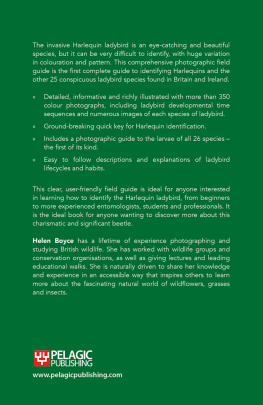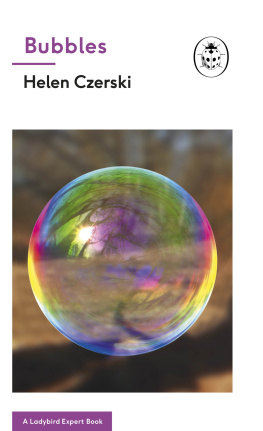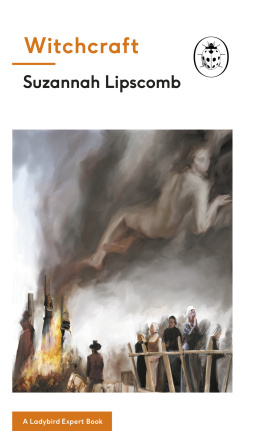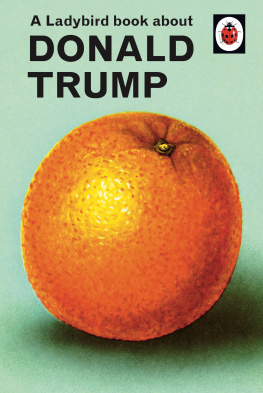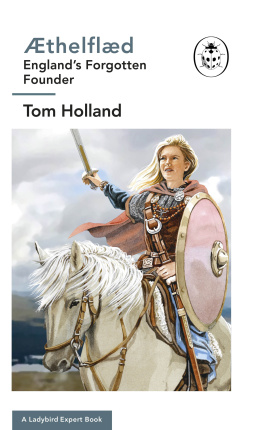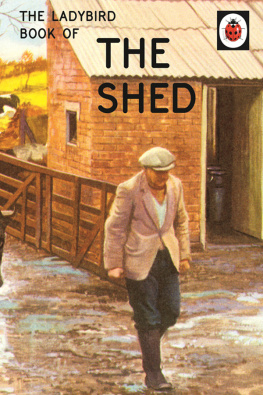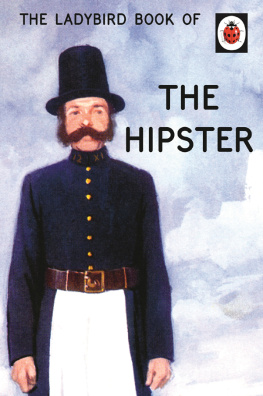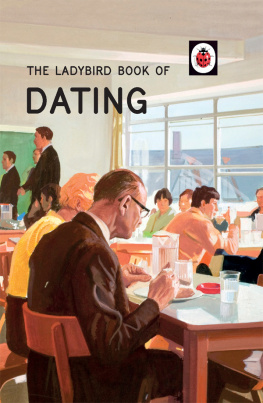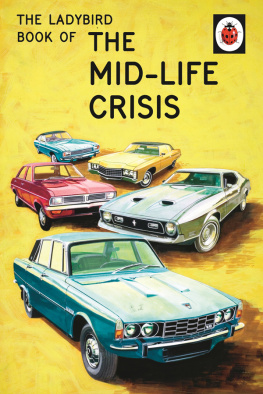
A FIELD GUIDE TO
Harlequins

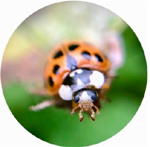
Published by Pelagic Publishing
PO Box 874
Exeter
EX3 9BR
UK
www.pelagicpublishing.com
A Field Guide to Harlequins and Other Common Ladybirds of Britain and Ireland
ISBN 978-1-78427-244-9 Paperback
ISBN 978-1-78427-245-6 ePub
ISBN 978-1-78427-246-3 PDF
Helen Boyce 2021
The moral rights of the author have been asserted.
All rights reserved. Apart from short excerpts for use in research or for reviews, no part of this document may be printed or reproduced, stored in a retrieval system, or transmitted in any form or by any means, electronic, mechanical, photocopying, recording, now known or hereafter invented or otherwise without prior permission from the publisher.
A CIP record for this book is available from the British Library
Cover photographs: Harlequin ladybirds

Top row, left to right: 7-spot, Pine and Adonis ladybirds
Middle row, left to right: 7-spot, Striped and Cream-streaked ladybirds
Bottom row and right: Harlequin ladybirds
Contents
Ladybirds are captivating creatures, and in this book Helen Boyce has conveyed this fact with eloquence and care. Her enthusiasm and expertise shine through on every page, as do her beautiful photographs. From a Bryony ladybird shedding its skin to the sequence of colour changes seen in a newly emerged 14-spot ladybird, the images here are fascinating and informative. Moreover, readers are sure to appreciate the clear and plain-English explanations in Helens text, which avoids getting bogged down in unnecessary technical detail.
Learning to identify ladybirds is not always easy. There are a number of species that trick us with their variable colour patterns and defiance of the rules of where we expect to find them. In sharing her experience of mastering the identification of Harlequin ladybirds, Helen reveals the key features of other species too. Her approach allows the identification of these species in myriad ways. This will provide a fantastic start for those who are new to observing ladybirds, but will also prove insightful for more experienced recorders.
There are so many reasons to coordinate a biological recording scheme such as the UK Ladybird Survey. It is exciting to see records arrive throughout the year from across the UK; with them we get an almost instantaneous overview of the whereabouts of these amazing beetles. This book will undoubtedly help in such efforts. Knowing that ladybirds are being seen and appreciated by so many people is highly rewarding and it is always a pleasure to hear from recorders and to share stories of ladybird encounters. It is both the ladybirds and the people that make the UK Ladybird Survey what it is an absolute joy.
We congratulate Helen on an excellent contribution to the study of ladybirds. The attention to detail is impressive. We wish all the readers of this book many and varied ladybird days.
Helen Roy and Peter Brown
UK Ladybird Survey
When I was first attempting to learn which ladybirds were Harlequin ladybirds, I looked around for a handy book that would give me lots of helpful information and instructive photographs but no such book existed. So, I have decided to put together the guide that I wish had been available when I was learning.
I am most often asked: How do you know its a Harlequin? Now that I work to help others learn about and recognise both the Harlequin ladybird and the other ladybirds found in Britain and Ireland, I am going to try to answer that question in this guide.
There are 47 species of ladybirds in Britain and Ireland, but only 26 of them including the Harlequin are conspicuous, looking rather like the classic ladybird of our childhoods.
The Harlequin ladybird (Harmoniaaxyridis) gets its name from its bright colours and variety of patterns, but due to its wide distribution it is known by many other names in different parts of the world, including the Asian or Halloween ladybug or lady beetle, the Japanese, Southern, Pumpkin or Multicoloured ladybird, to name but a few.
This book will help you to recognise a Harlequin ladybird and to tell it apart from the other 25 colourful ladybirds currently found in Britain and Ireland.
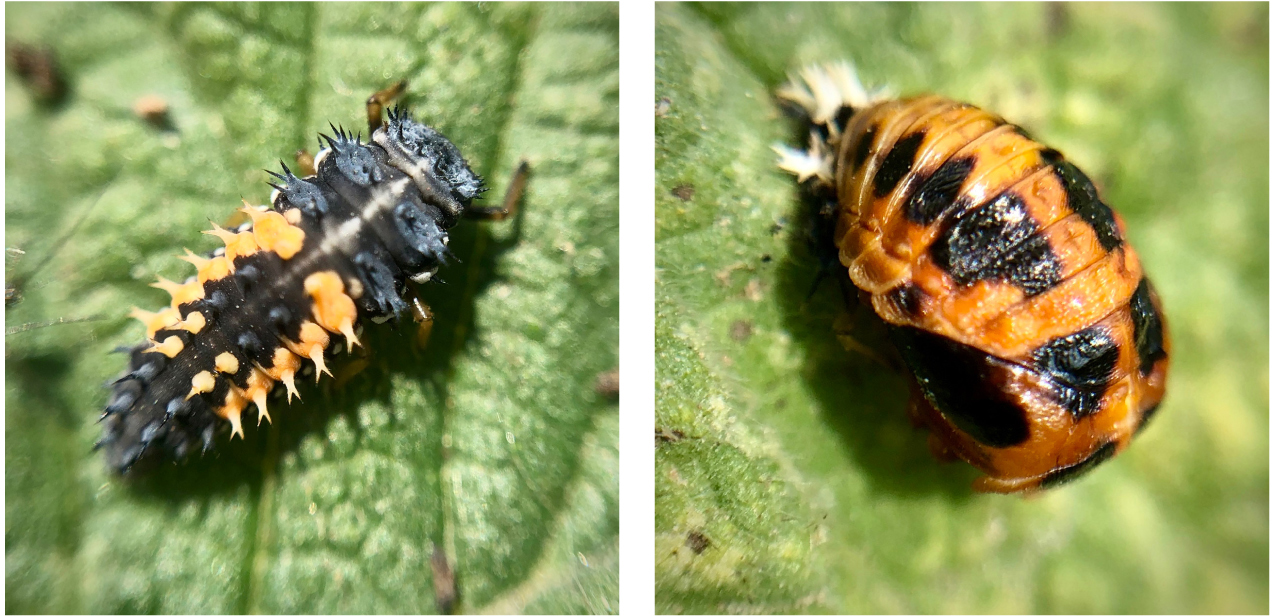
Harlequin larva (left) and pupa (right)
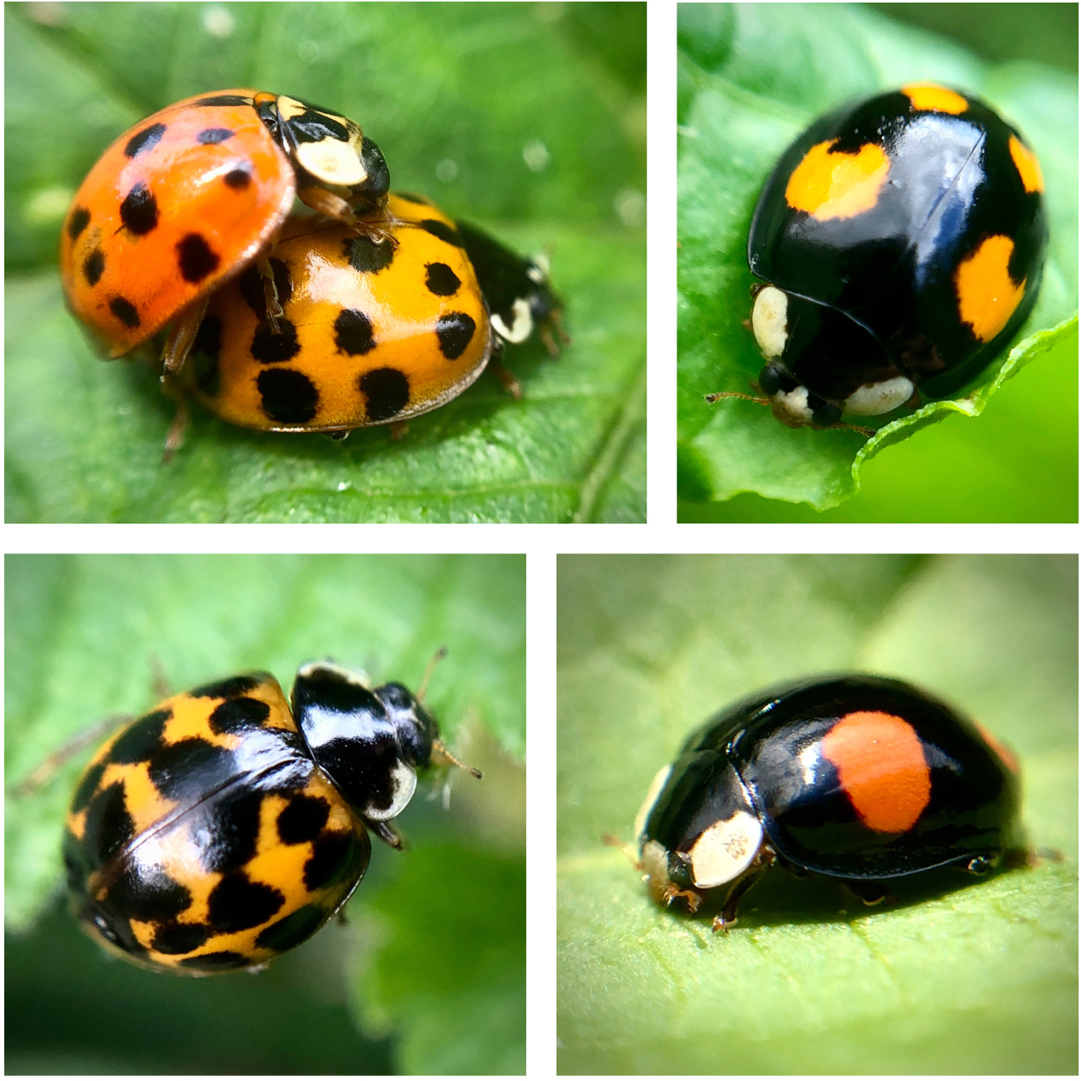
Harlequin ladybirds
The Harlequin ladybird (Harmonia axyridis) was introduced from Asia into North America in the 1980s to control that were feeding on farmers crops. However, the Harlequin quickly spread across the USA to become the most common ladybird there. So, the Harlequin is an example of a pest-control species that has itself become a pest.
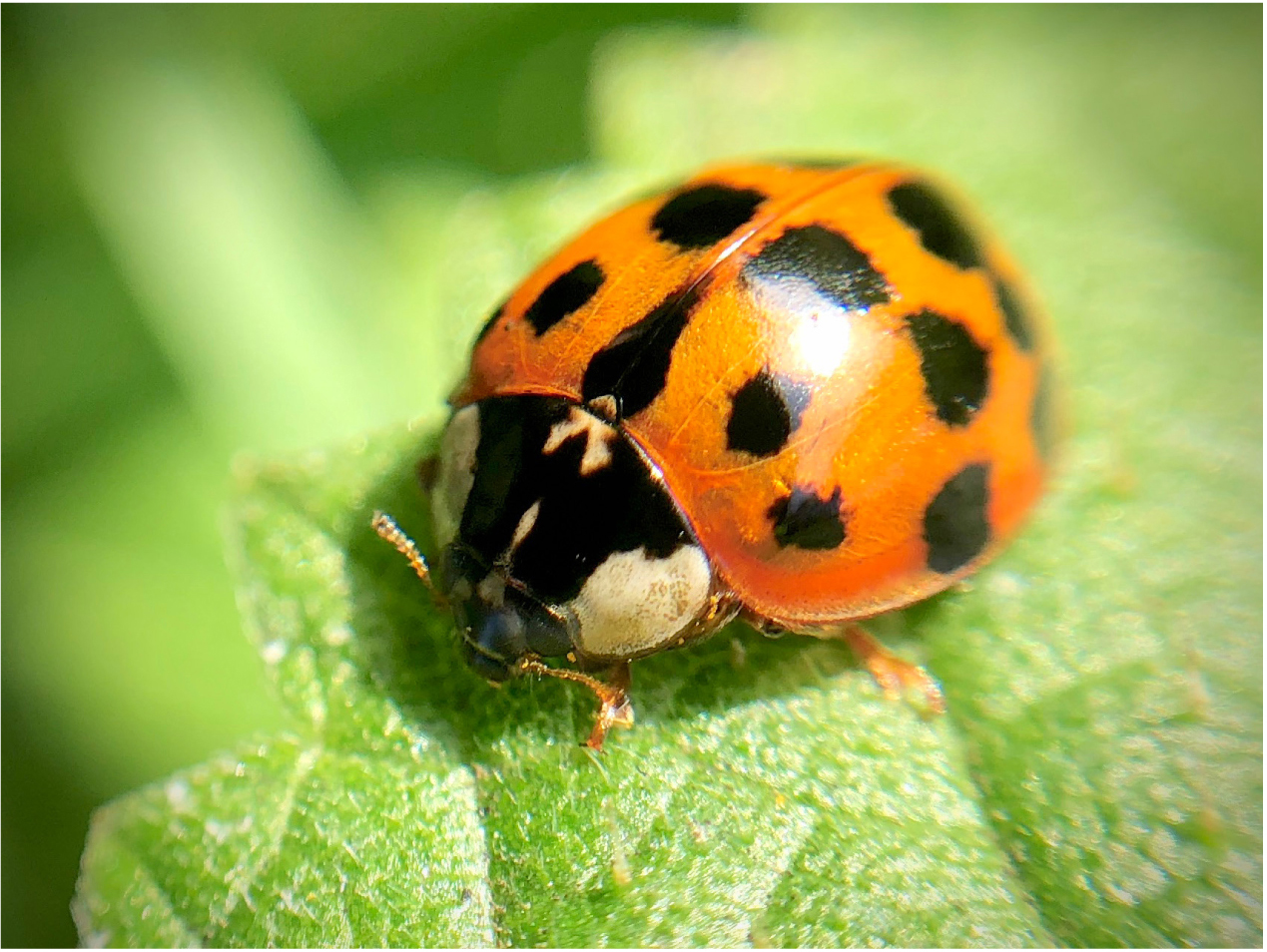
Between 1982 and 2003 the Harlequin ladybird (above) was introduced to several European countries, again as a of biological pest control.
The Harlequin ladybird was first recorded in Britain in 2003 and had firmly established itself by 2005. It spread rapidly, at a rate of more than 100 kilometres per year, and is now very common and widespread over most of England and Wales, with increasing numbers also recorded in Scotland and Ireland. It was unintentionally introduced to Britain, probably in a number of ways. Some Harlequins (below) might have flown across the channel, while others were possibly transported with goods and produce. There are also accounts of Harlequin ladybirds being brought into the country accidentally, in peoples luggage.
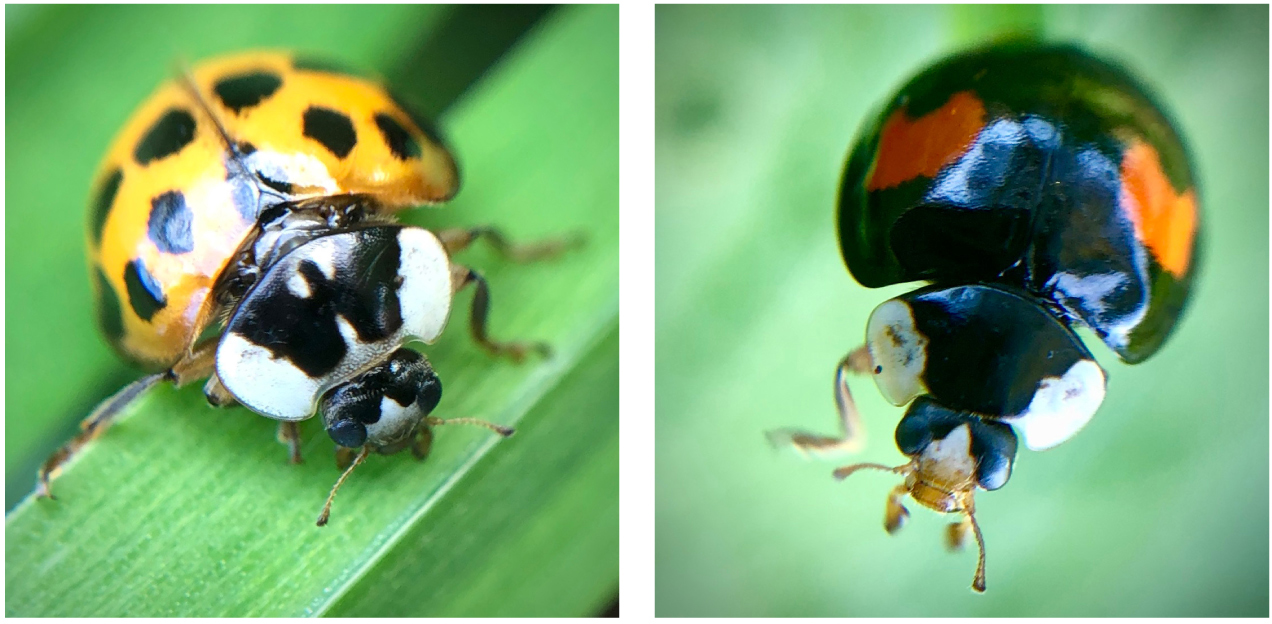
In 2005 the UK Ladybird Survey, a citizen science initiative involving online recording, was launched to encourage people across Britain to help track the spread of the Harlequin. Tens of thousands of people provided records of ladybirds, and this has created an invaluable dataset for research and understanding.
Harlequins, it has been said, are the most invasive ladybird on earth. They may live longer than most other ladybird species, and they have a greater breeding capacity and a longer breeding season. Not only do they out-compete other ladybirds by eating the food that they need, they also have a tendency to actually eat other ladybirds. Although the long-term impact on the native species is not yet known, since the Harlequin ladybird arrived on our shores, there has been a decrease in the numbers of several other species of ladybirds, and it is believed that the Harlequin is the main reason why the 2-spot ladybird is now so scarce.
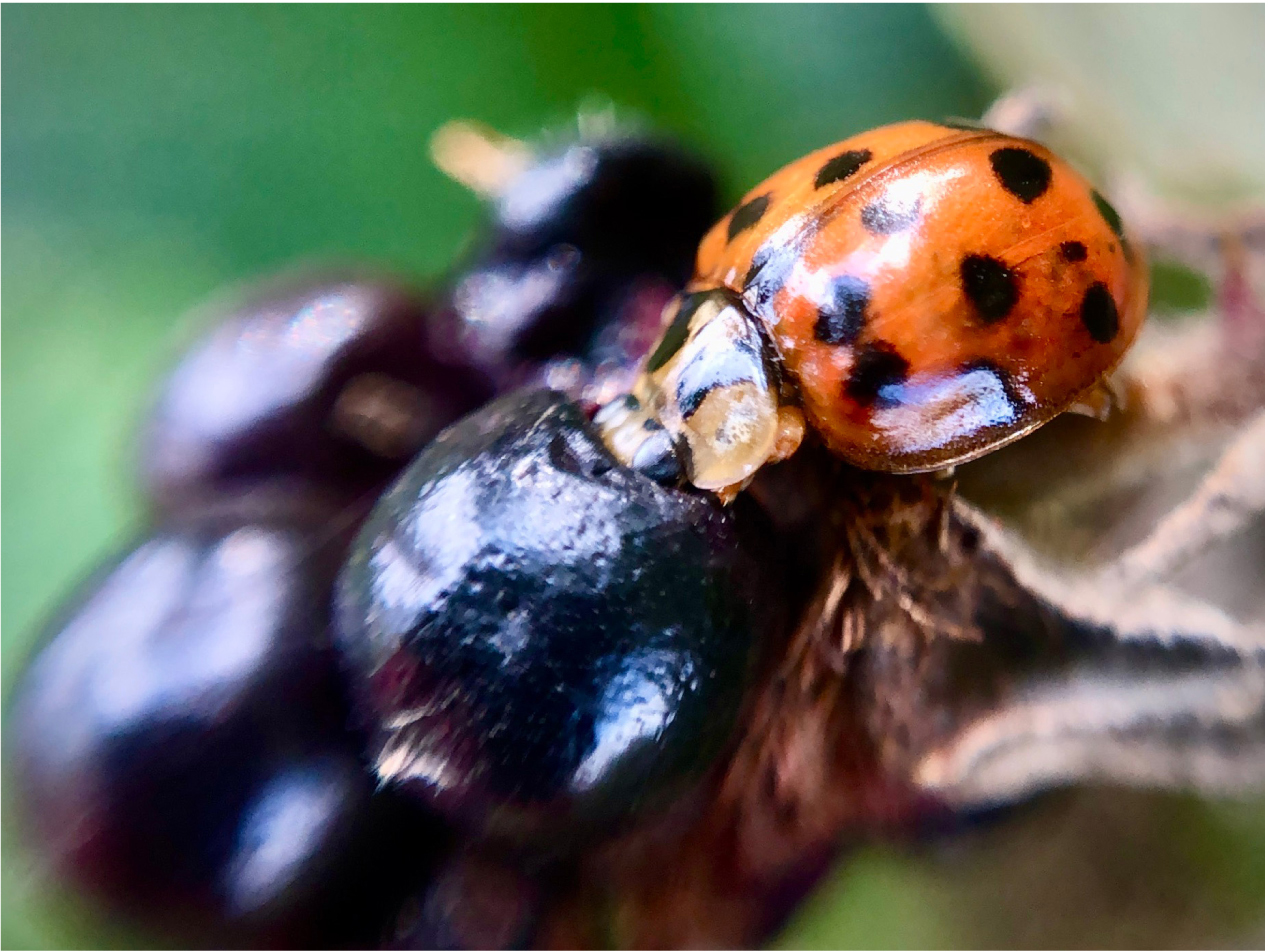
Next page
